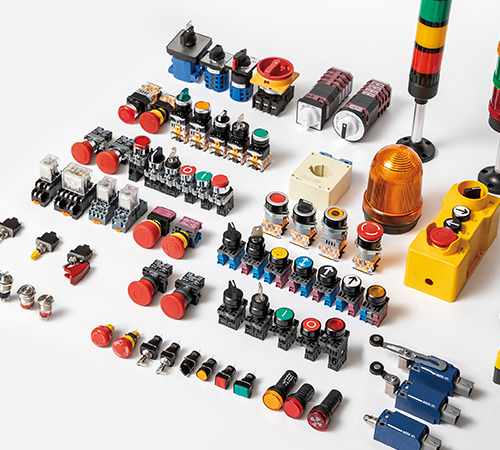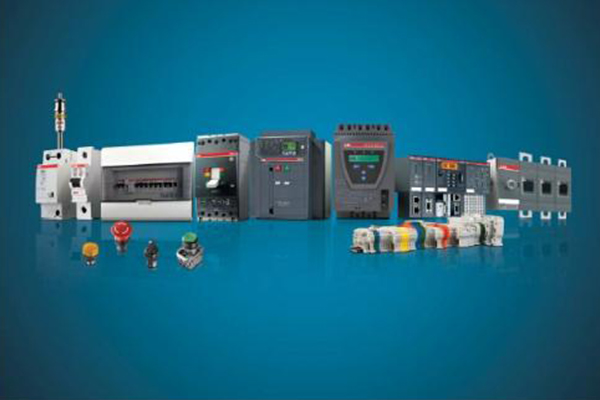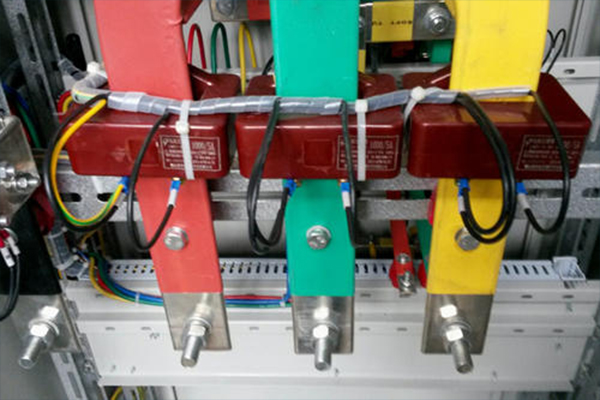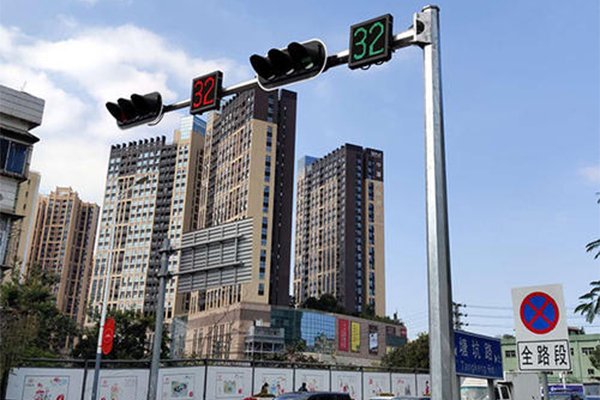How much do you know about current transformers?
发布时间: 2019-12-17 访问量: 11405 文章来源: Jiangyin Changjiang Electric Appliance Co., Ltd.
basic concepts
The principle of current transformer is based on the principle of electromagnetic induction. The current transformer is composed of a closed core and a winding. Its primary windings have very few turns, and are connected in the line of the current to be measured. Therefore, it often has the entire current of the line flowing, and the secondary winding has a large number of turns. It is connected in series to the measuring instrument and the protection circuit, and the currents are mutual inductance. When the transformer is working, its secondary circuit is always closed, so the impedance of the series coil of the measuring instrument and the protection circuit is very small, and the working state of the current transformer is close to a short circuit.
working principle
电流 The currents in the lines of power generation, transformation, transmission, distribution and power use are very different, ranging from several amps to tens of thousands of amps. In order to facilitate the measurement, protection, and control, it is necessary to convert to a relatively uniform current. In addition, the voltage on the line is generally high. Direct measurement is very dangerous. The current transformer plays the role of current conversion and electrical isolation.
For pointer-type ammeters, most of the secondary currents of current transformers are amp-level (such as 5A, etc.). For digital instruments, the sampled signals are generally milliamps (0-5V, 4-20mA, etc.). The secondary current of the miniature current transformer is milliampere level, which mainly acts as a bridge between the large transformer and the sampling.
Miniature current transformers are also called "instrument current transformers". ("Instrument current transformer" has a meaning that it is a multi-current ratio precision current transformer used in the laboratory and is generally used to expand the range of the instrument.)
Current transformers are similar to transformers in that they work according to the principle of electromagnetic induction. A transformer transforms voltage and a current transformer transforms current. The current transformer connected to the winding of the measured current (the number of turns is N1) is called the primary winding (or the primary winding, the primary winding); the winding connected to the measuring instrument (the number of turns is N2) is called the secondary winding (or the secondary side Winding, secondary winding).
The current ratio of the primary winding current I1 to the secondary winding I2 of the current transformer is called the actual current ratio K. The current ratio of the current transformer when it is working at the rated current is called the rated current ratio of the current transformer, which is expressed by Kn.
Kn = I1n / I2n
The role of current transformer (CT for short) is to convert the primary current with a large value into a secondary current with a small value through a certain transformation ratio for protection, measurement and other purposes. For example, a current transformer with a transformation ratio of 400/5 can convert a current of actually 400A into a current of 5A.








